 News & Events
News & Events
 phirda
phirda  2021.11.26
2021.11.26
 2651
2651
In the digital era, cloud technology, artificial intelligence, Internet of Things and other cutting-edge technologies continue to penetrate into the pharmaceutical field, and have a profound impact on the medical system, diagnosis and treatment technology, and drug research and development system. On the afternoon of September 25, 2021, organized by PhIRDA Office for Digitalization Promotion on Pharmaceutical Innovation (hereinafter referred to as “Office”), Digitalization in Pharma and Innovative Therapy Forum (hereinafter referred to as “Forum”) debuted at the 2021 China BioMed Innovation and Investment Conference (2021 CBIIC). The Forum gathered top experts from the industry and academia to discuss the profound impact of digitalization on the biomedical industry from various aspects such as underlying scientific theory, practical industrial innovation, and commercial value breakthrough.

Dr.Sun Zhe, Director of the Office, introduced the preparations for the establishment of PhIRDA Digital Medicine and Innovative Therapy Specialty
Committee (hereinafter referred to as “Committee”)
On the afternoon of September 24, the 3rd meeting of the 11th Board of Directors of PhIRDA voted to pass the proposal on The Establishment of Digital Medicine and Innovative Therapy Specialty Committee. At the beginning of the Forum, Dr. Sun Zhe, Director of the Office, introduced the preparations for the establishment of the Committee. The Committee would focus on the four fields of AI new drug developing, medical and industrial cross innovation, precision medicine multi-omics and digital therapy, and continue to promote the digitalization of the pharmaceutical industry through macro industry analysis, regulatory policy suggestions, enterprise innovation promotion and investment and financing platform construction. The Committee planed to invite domestic academic experts and academicians as sponsors to gather the best resources of the industry to provide the best service for member units.

Song Ruilin, Executive President of PhIRDA, gave a welcome remark
Dr. Song Ruilin pointed out in his remark: the development of digitalization would bring great opportunities and challenges to the biomedical field. It was hoped that a new cross-border cooperation between digitalization and pharmaceutical innovation could be opened, and new social and economic values could be generated through PhIRDA.
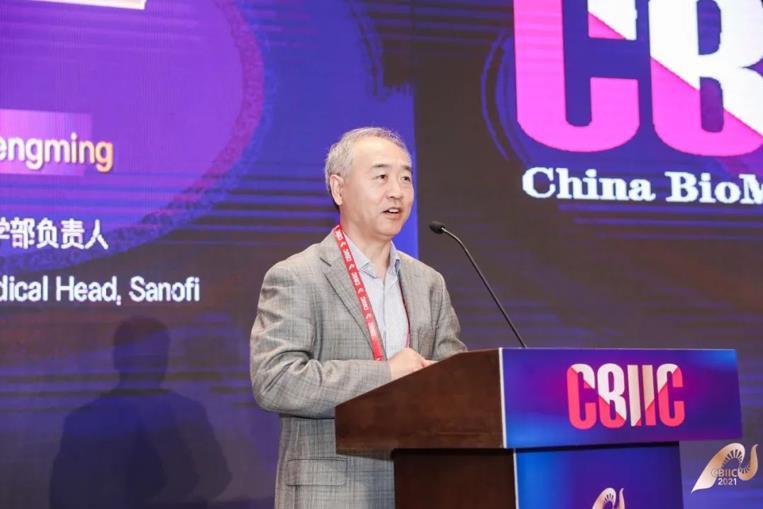
Moderator: Gu Chengming, Greater China Medical Head of Sanofi
Keynote Speech 1: The Clinical and Commercial Value of Digital Tx
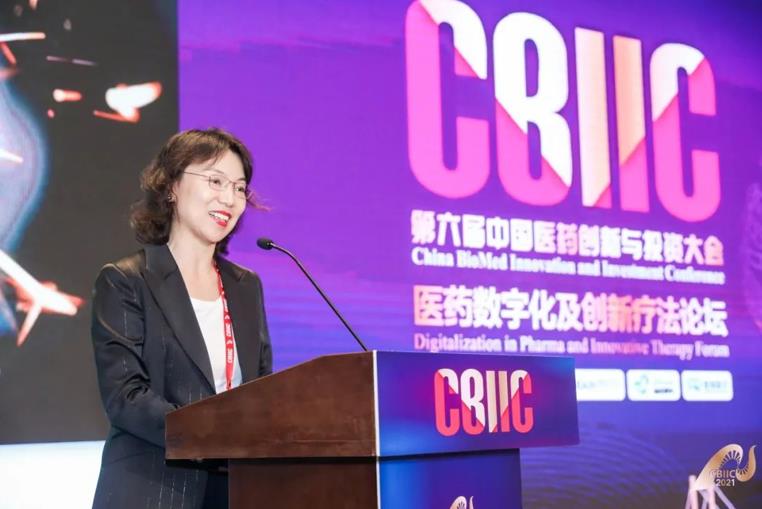
Wu Chun, Managing Director & Senior Partner of Boston Consulting (Shanghai) Co., Ltd.
Wu Chun, Managing Director & Senior Partner of Boston Consulting (Shanghai) Co., Ltd., shared her thoughts on the clinical and commercial value of digital therapy.
From the perspective of supply, advances in science, including brain science and improved computational power of algorithms, made digital therapies technically feasible. From the perspective of demand, doctor/patient acceptance, demand for fee reduction and pricing mechanism would all affect the commercial application of digital therapy. With supply and demand aligned, digital therapy has seen a budding growth in the past five years, especially in the past three years.
As for the market access of digital therapy, Wu Chun compared the differences between China and the United States. The stronger access in the United States was the insurance companies, while in China, it was the hospitals. However, after entering hospitals, the problem of pricing would emerge. The logic in the United States was to price based on the transformation of clinical value to medical insurance cost control, while in China, pricing was usually based on existing therapies and services.
Companies needed to consider the value proposition of digital therapy for themselves and payers, and digital therapy needed to be recognized by health insurance. Until then, payment innovations such as individual payment and commercial insurance partnerships might become the way to go.
Keynote Speech 2:The Cognitive and Neural Basis of Digital Therapy
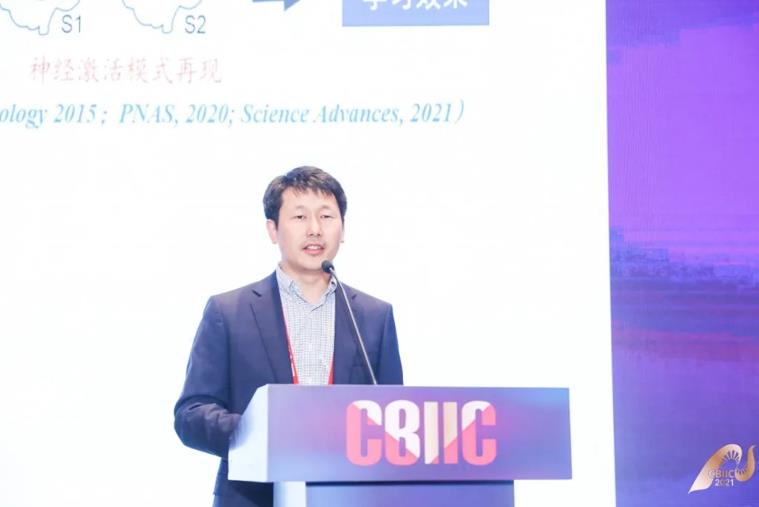
Xue Gui, Principal Investigator at State Key Laboratory of Cognitive Neuroscience and Learning in China
Xue Gui, Principal Investigator at State Key Laboratory of Cognitive Neuroscience and Learning in China, shared with the participants the scientific mechanism of digital therapy.
From the perspective of the relationship between brain structure and cognition, the theoretical basis of digital therapy was discussed, and clinical intervention methods were shared.
Professor Xue shared the difficulties faced by traditional therapies for clinical symptoms such as post-stroke cognitive impairment and ADHD, and discussed the innovative clinical solutions that digital therapy could provide.
Professor Xue’s team identified basic interventions in cognition and brain function by building genetic brain behavior maps. The principle of treatment was the principle of brain plasticity, through cognitive training, brain function could be improved, and the structure, as well as the neurotransmitter receptor function by such a treatment scheme, could be changed. Not only could it improve the symptoms, it could also improve the function and daily performance, which was the important advantages of digital therapy alone. At the same time, based on the principle of brain’s effective learning, further research could be conducted on how to improve the therapeutic effect and reveal under what circumstances the plasticity of the human brain would be stronger. Professor Xue called this theory “Reappearance of Neural Activation Patterns”.
Professor Xue remained optimistic about the future of digital therapy in China, in which China has an early start and advantages in big data, Internet, and basic technologies of artificial intelligence.
Keynote Speech 3: Do You Really Believe in VR?
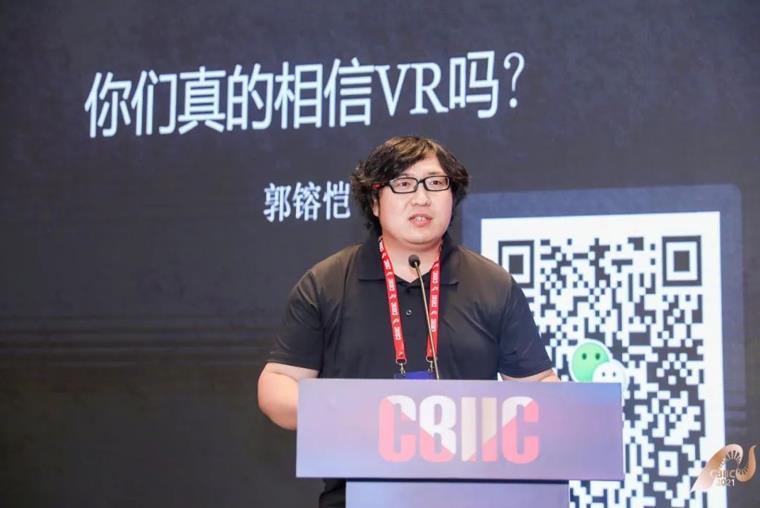
Guo Rongkai, Tenured Associate Professor of Kennesaw State University & VR + Behavior Scientist
Guo Rongkai, Tenured Associate Professor of Kennesaw State University & VR + Behavior Scientist, shared the interesting videos of the experiments, and discussed how VR helped people establish a link between real world and virtual world and raise the immersion of VR environment. Vision had a powerful effect on human brain, and VR was not a simple creation of a three-dimensional space which showed a three-dimensional picture in planar spaces, it was a challenge to the human brain.
Keynote Speech 4:Intelligent Automation: Industrial Revolution in Life Science
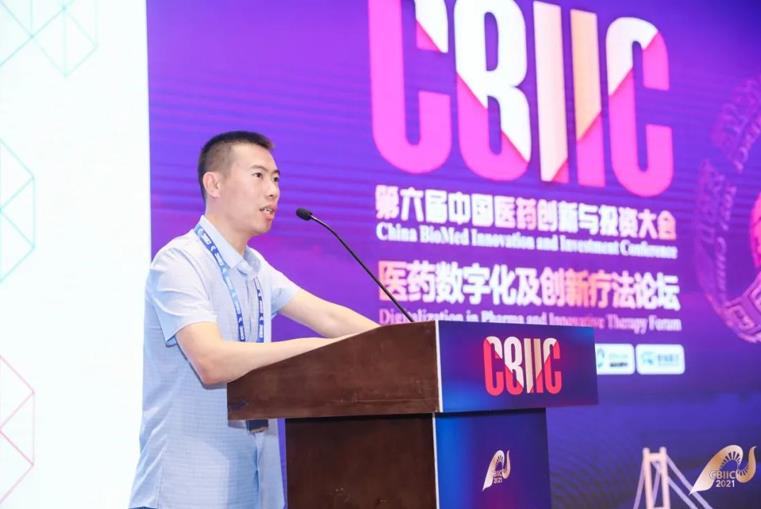
Wang Chengzhi, Chief Scientist of Megarobo Technologies Co.
Wang Chengzhi, Chief Scientist of Megarobo Technologies Co., compared the development of intellectualization and automatization in different industries, and put forward the intellectualization and automatization solutions for biomedical scientific research.
Dr. Wang reviewed the development history of the company. Started with the hardware, Megarobo Technologies continued to improve software’s digital and intelligent level through modification, combination and modular processing, which has improved the laboratory convenience and significantly reduced experiment cost at the same time.
Keynote Speech 5:Uncover the Precision Medicine Trove from the Sea of Phenotypical Data
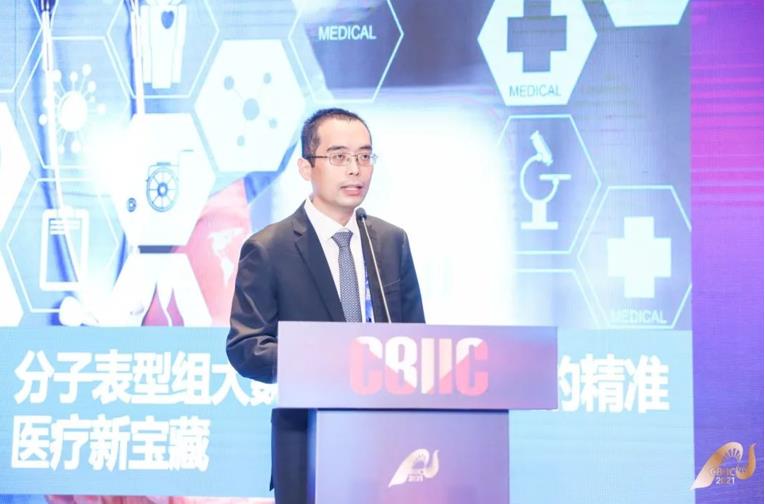
Zhang Wei, CTO of Jiangsu
QLife Lab Technology Group Co., Ltd.
Zhang Wei, CTO of Jiangsu QLife Lab Technology Group Co., Ltd., introduced the latest development of molecular phenomics. His company’s medical R&D team was one of the earliest research teams in molecular phenomics in China, and was committed to applying molecular phenomics research to clinical research, clinical transformation, clinical big data production, and clinical application.
Zhang Wei compared the differences of genome, proteome, and metabolome in the filed of diagnosis. Molecular phenomics had the potential for a wide range of effective clinical applications, including personalized therapy, early screening, and concomitant diagnosis. At the same time, due to technical difficulties and its own complexity, the development of the clinical value of molecular phenomics was also facing many challenges.
QLife Lab Technology had conducted worldwide multi-center validation, including 11 laboratories in four regions in North America, Europe, Australia, and China. High throughput, reproducibility, stability and low application cost were realized. At the same time, QLife Lab Technology had developed a set of algorithms to analyze and discover biological significance through machine learning and modeling with big data.
Keynote Speech 6:Application of AI Based Multi-Omics & Clinical Data Mining: A New Era for Drug R&D
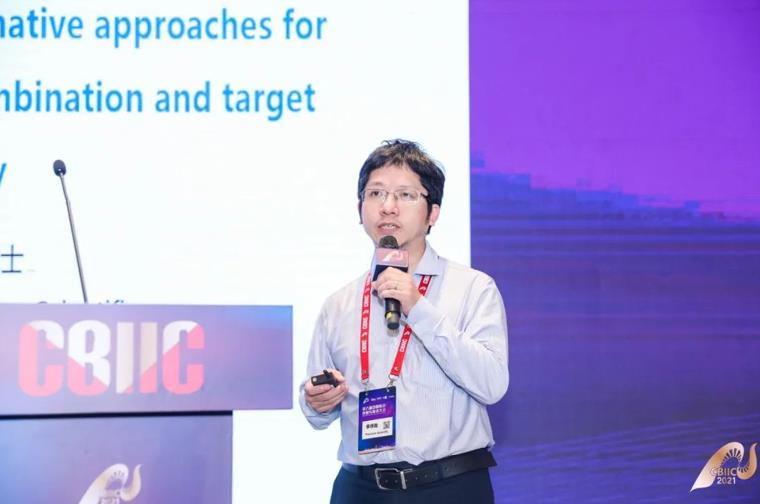
Ji Xuwo, Founder & CEO of Precision Scientific
Dr. Ji, Founder & CEO of Precision Scientific, further discussed the application of multi-omics data mining in the research and development of new drugs and the innovative application ideas of his company.
Driven by data, Dr. Ji focused on sharing his understanding of the molecular mechanisms behind biomarker discovery, drug combination protocol formulation and target discovery, seeking innovative solutions to improve the efficiency of drug development.
Precision Scientific proposed its own strategy of building a model based on massive omics data and its corresponding treatment results, so that the model could first infer the treatment effects based on omics data, and then the final efficacy of these patients receiving drug treatment. To find these omics features that could distinguish the efficacy based on this kind of efficacy.
Dr. Ji believed that the accumulation of multi-omics technologies and the improvement of big data technologies provided the possibility to improve the efficiency of drug research and development through data mining. Dr. Ji shared the challenges faced in the process of practice. On the one hand, it was necessary to make full use of the limited sample size, but it contained high-dimensional omics data, which was a great challenge. On the other hand, when the amount of information was very large, cross-validation was needed to remove the false and retain the true.
New Opportunities in China: The Integration of BT and IT

From left to right:
Moderator: Gu Chengming, Greater China Medical Head of Sanofi
Panelists:
Ji Xuwo, Founder & CEO of Precision Scientific
Sun Wei, Founder and Chairman of Infinite Brain Technologies (IBT)
Ryushi Shinagawa, Partner of Susquehanna International Group
Zhang Wei, CTO of Jiangsu QLife Lab Technology Group Co., Ltd.
At the end of the Forum, invited by Gu Chengming, Ji Xuwo, Founder & CEO of Precision Scientific; Sun Wei, Founder and Chairman of Infinite Brain Technologies (IBT); Ryushi Shinagawa, Partner of Susquehanna International Group; and Zhang Wei, CTO of Jiangsu QLife Lab Technology Group Co., Ltd., joined in the panel discussion of New Opportunities in China: The Integration of BT and IT.
The development of digital therapy not only depended on the treatment of a single disease at the BT level, but also the IT level to fully explore the association of multiple influencing factors.
Sun Wei believed the shift from disease-centered to patient-centered would place more emphasis on the patient’s experience.
Ryushi Shinagawa believed that big data had broke through the quantitative boundary of multi-dimensional thinking based on experience, and the boundary between medical services, medicine and equipment would gradually blur.
Ji Xuwo and Zhang Wei shared their thoughts from the perspective of omics. Based on omics analysis, Ji Xuwo had a deeper and more essential understanding of the disease mechanism from the molecular mechanism, and discussed the integration of BT and IT. Based on the relationship between biomarker and pathology, Zhang Wei made prospects for the development of BT and IT: the markers and the disease was not a one-to-one relationship, but the markers of dozens or even hundreds of different levels, including protein metabolomics and molecular omics multidimensional relationship, and there were two ways to mine this information more accurately. On the one hand, we could rely on the underlying basis of BT, and based on the current detection technology, including the traditional sequencing and the current mass spectrometry technology, to solve the problem of data quantity and quality. On the other hand was the IT technology, in the quality of the big data, how we could truly connect multiple dimensions at the same time.
Experts and scholars’ sharing and discussion had painted a brand new digitized picture of medical industry. It’s hoped that the higher and faster development of China’s medical digitalization reform would benefit patients worldwide and contribute more to the Healthy China.
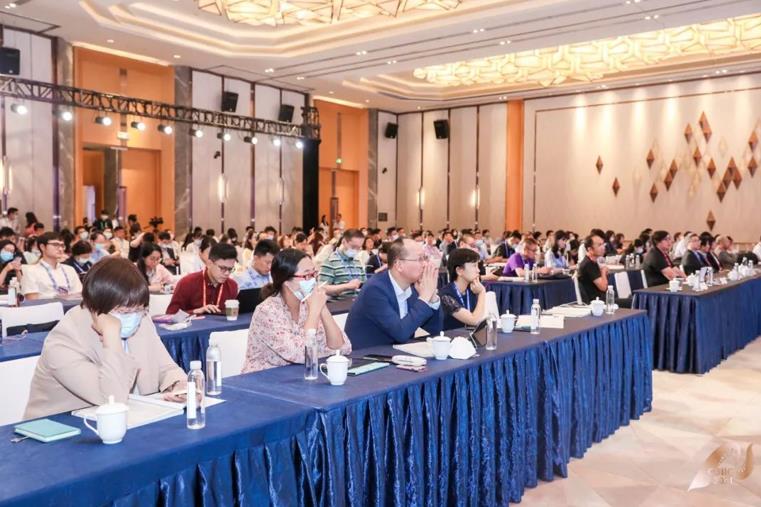
Digitalization in Pharma and Innovative Therapy Forum

 News & Events
News & Events
 PHIRDA
PHIRDA  2025-12-09
2025-12-09
 38
38

 News & Events
News & Events
 PHIRDA
PHIRDA  2025-07-24
2025-07-24
 576
576

 News & Events
News & Events
 PHIRDA
PHIRDA  2025-07-09
2025-07-09
 410
410